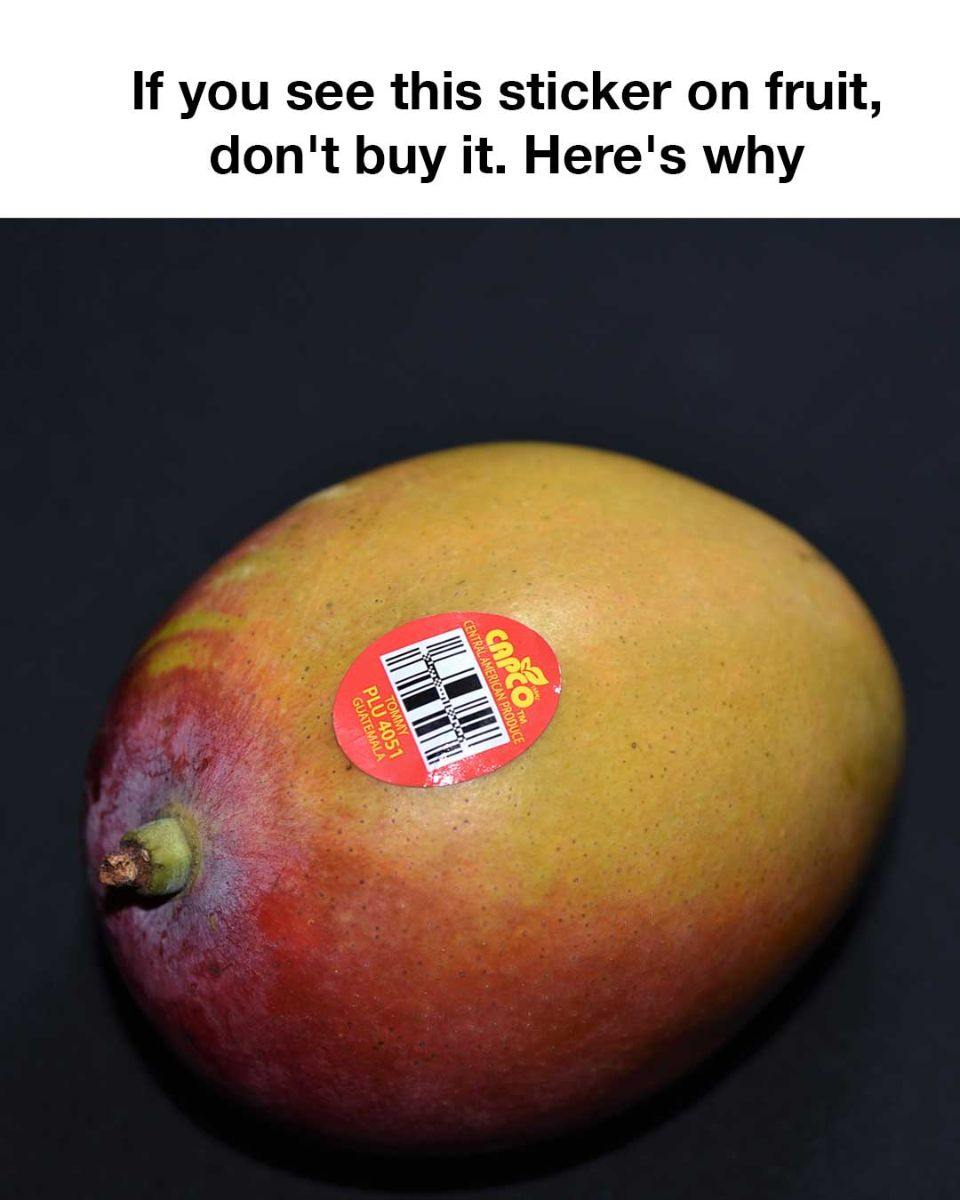ADVERTISEMENT
Fruit stickers are small labels often found on fruits and vegetables in grocery stores. These stickers provide important information about the produce’s origin, type, and price. They also help with inventory management, making it easier for cashiers to identify the correct price for each item. Beyond their logistical function, these stickers can give consumers valuable insights into how the produce was grown, which might influence their purchasing decisions.
Understanding PLU Codes on Fruit
PLU codes, or Price Look-Up codes, are numerical codes typically four or five digits long. These codes help identify bulk produce and are standardized worldwide by the International Federation for Produce Standards (IFPS). PLU codes enable retailers to manage inventory and set prices. By understanding these codes, consumers can make more informed choices when purchasing produce.
The Significance of PLU Code Digits
The number of digits in a PLU code—and the digits themselves—carry specific meanings:
A four-digit PLU code indicates that the produce was conventionally grown.
A five-digit code starting with 9 signifies organic produce.
A five-digit code starting with 8 indicates genetically modified produce.
Understanding these distinctions is essential for consumers who care about the methods used to grow their food.
Identifying Genetically Modified Produce
Genetically modified (GM) produce is marked by a five-digit PLU code starting with the number 8. GMOs (genetically modified organisms) are altered at the genetic level to exhibit traits like pest resistance or longer shelf life. While many scientific organizations consider GMOs safe for consumption, some consumers prefer to avoid them due to concerns about health, ethics, or the environment.
Recognizing Conventionally Grown Produce
Conventionally grown produce is labeled with a four-digit PLU code. These items are grown using traditional agricultural practices, which may include synthetic fertilizers, pesticides, and herbicides. While these practices can increase yields and reduce costs, they raise concerns about chemical residues and environmental impact.
Spotting Organic Produce Through PLU Codes
Organic produce is marked with a five-digit PLU code beginning with the number 9. Organic farming avoids synthetic chemicals, focusing instead on natural fertilizers and pest control. Many consumers choose organic produce to avoid chemicals and support environmental sustainability.
Why You Should Be Mindful of Certain PLU Codes
Consumers may decide to avoid certain PLU codes based on personal health concerns, environmental considerations, or ethical beliefs. For example, people concerned about genetically modified foods may avoid codes that start with 8. Others who are wary of pesticides may prefer organic produce, identified by codes starting with 9.
Health Implications of Consuming Genetically Modified Produce
The health impacts of consuming GM produce are widely debated. Many studies suggest GMOs are safe to eat, but concerns remain about potential long-term effects. Issues like allergenicity, antibiotic resistance, and unknown health risks may lead some individuals to avoid GMOs altogether.
Environmental Impact of Conventionally Grown Produce
Conventional farming practices, which use synthetic fertilizers and pesticides, can have significant environmental consequences. These chemicals may contribute to soil degradation, water pollution, and loss of biodiversity. Additionally, monoculture farming (growing a single crop) can reduce ecological resilience, making crops more vulnerable to pests and diseases.
Benefits of Choosing Organic Produce
see continuation on next page
ADVERTISEMENT
